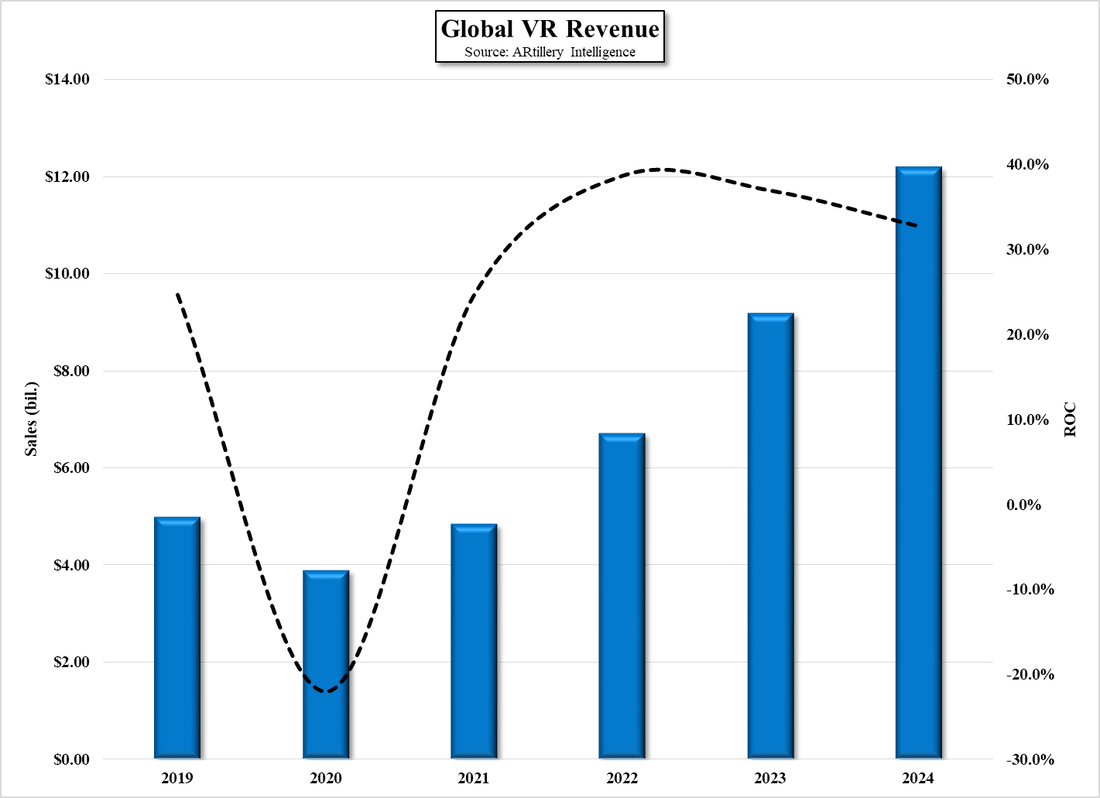Samsung Preparing For Metaverse?
While we would not expect much from Samsung executives in the way of product release dates, such replies were so vague as to be distracting and annoying, but given Samsung’s premier place in the CE space, it would be difficult for the company to not have a number of Metaverse related projects in development, particularly given their expertise in a number of areas that are key to AR/VR hardware development. In 2015, in cooperation with Oculus (FB), Samsung released a VR ’quasi-headset’, a device that used a Samsung smartphone as the display, more to show what VR’s possibilities were to both developers and consumers. In 2017/2018 Samsung released the Odyssey and Odyssey+ VR headsets, both of which were PC powered and based on Windows Mixed-Reality and Steam (pvt) VR, neither of which are still being produced. The headsets were $500 each with controllers and had two OLED displays (1440x1600) that had an odd pixel configuration that had alternating pixels of red and green and red and blue.
Despite favorable reviews Samsung terminated support for the Odyssey VR headsets in September of 2020 and the original Samsung XR website is no longer but Samsung has been developing a number of technologies that are applicable to VR, such as holographic devices, that the company has been quietly demoing for years and micro-OLED and micro-LED displays that have potential for AR/VR product development. That said, Samsung would have to compete with Facebook’s Oculus brand, which is the most popular VR headset due to its relatively low price and admirable specifications. As Facebook is obviously seeding the market and losing money on every device, Samsung will face the difficult task of creating a device that can compete, as we expect Samsung will not consider sustaining losses on a new product category for an extended timeframe.
Samsung is involved in the development of many display oriented projects, not only through its affiliate Samsung Display (pvt), but through affiliations with many companies and institutions with whom it has partnered. On such that is still in the development stage has developed a way to produce displays with ultra-high resolutions, up to 10,000 pixels/inch, which is far above the more typical 400/500 ppi seen in most smartphones. While such a project is still far from mass production, Samsung is one of the premier image sensor producers, has extremely sophisticated semiconductor capabilities, and has already developed Micro-LED displays for larger systems. While each of these projects and the multitude of others that Samsung is participating in do not individually guarantee a commercial AR/VR product, we would expect that Samsung has little choice but to hop on the Metaverse train with at least some hardware this year or next. Perhaps initially as a component or module supplier, but as the AR/VR market develops, it would be hard for Samsung not to participate. The biggest stumbling block in our view would not be the hardware, but making the devices ultimately compatible with Samsung’s other devices, as while Samsung is big on advancing technology, they are there to sell stuff by ‘creating mutual experiences between products’, as noted above.

 RSS Feed
RSS Feed